1995 Year in Review:
éS Footwear officially launches to fill the need for a new type of skate shoe, a brand that pushes the limits of advanced footwear design and caters to the demands of the core, technical skateboarder.
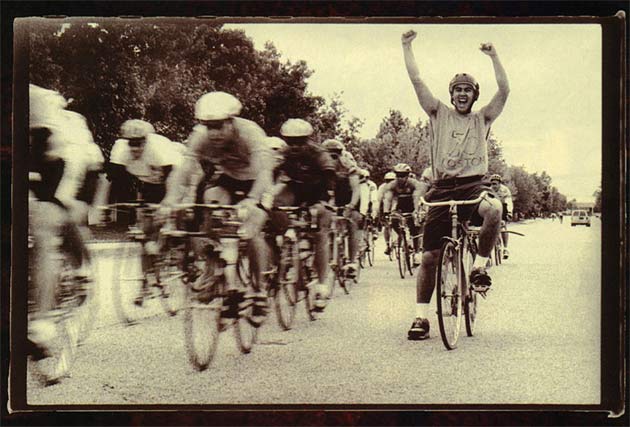 Eric Koston, psyched on bikes.
Eric Koston, psyched on bikes.
éS head Don Brown starts to work on building a team, as future members Eric Koston and Tom Penny rack up some serious magazine and video coverage. Although Koston continues to blaze a path into the limelight, Penny--at the height of his powers--notoriously disappears into the haze of the French countryside for a few years, which only serves to strengthen his legendary status.
The First éS Commercial 1995.
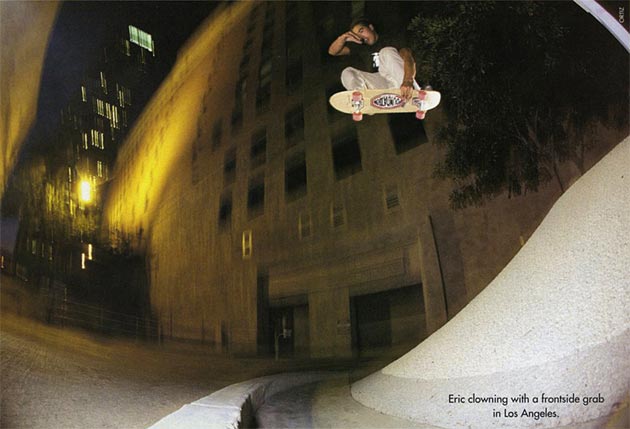 Eric Koston, lofty frontal over the hip.
Eric Koston, lofty frontal over the hip.
The Release of the Accel, Sal 23 and SLB
From the moment of its birth, the clean, simple and functional Accel is destined to reign as the most popular éS shoe of all time--15 years and counting! Sal Barbier's first-ever pro model shoe, the Sal 23, is released to wide public acclaim. Masses of skaters and peds alike quickly take a shine to the shoe's refined, tasteful design and pure skateboarding function. éS and Sal follow it up with a regal mid-top called the SLB.
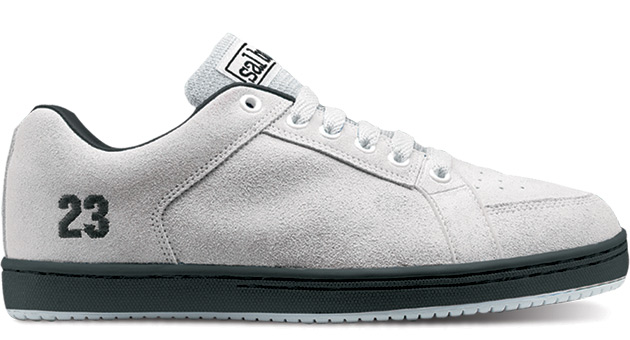 éS releases Sal Barbier's first pro model shoe, The Sal 23.
éS releases Sal Barbier's first pro model shoe, The Sal 23.
- Sal BarbierI wanted a rubber piece on the side so it wouldn't rip up. I kind of liked that, because I don't always like wearing 'em when they're brand new. By the time most skate shoes break in, you have to get a new pair because they're all ripped up. I worked on the design of the whole shoe--the sole, the logo, everything--around 1994-1995...
1995 Headlines
- O. J. Simpson murder trial.
- Aum Shinrikyo religious cult releases sarin gas on Tokyo trains, killing 12 and injuring hundreds.
- Bombing of the Alfred P. Murrah federal building in Oklahoma City kills 168.
- Actor Christopher Reeve is paralyzed
- from the neck down after falling from his horse in a riding competition.
- The Million Man March is held in Washington D.C.
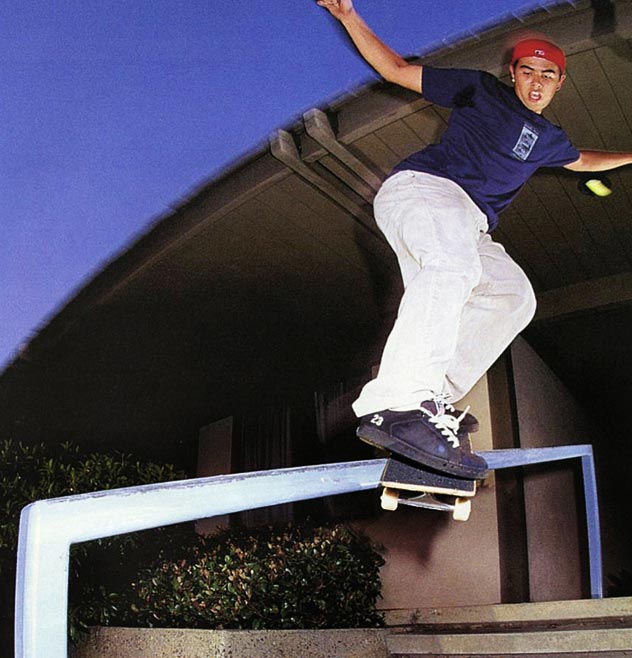
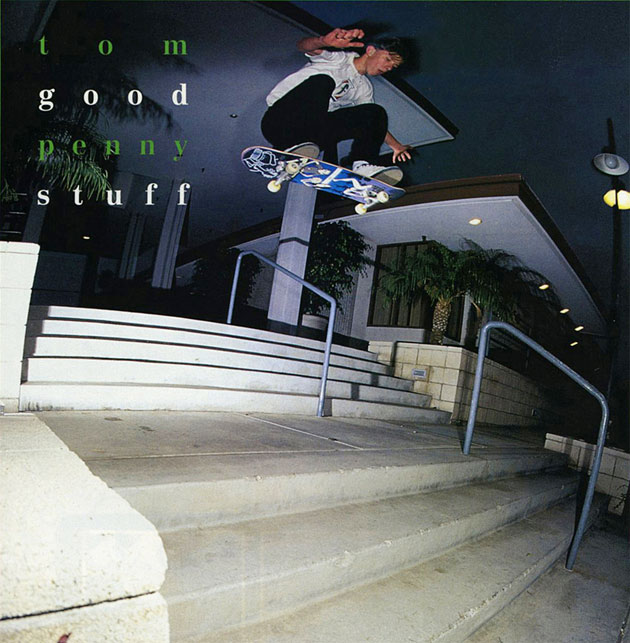
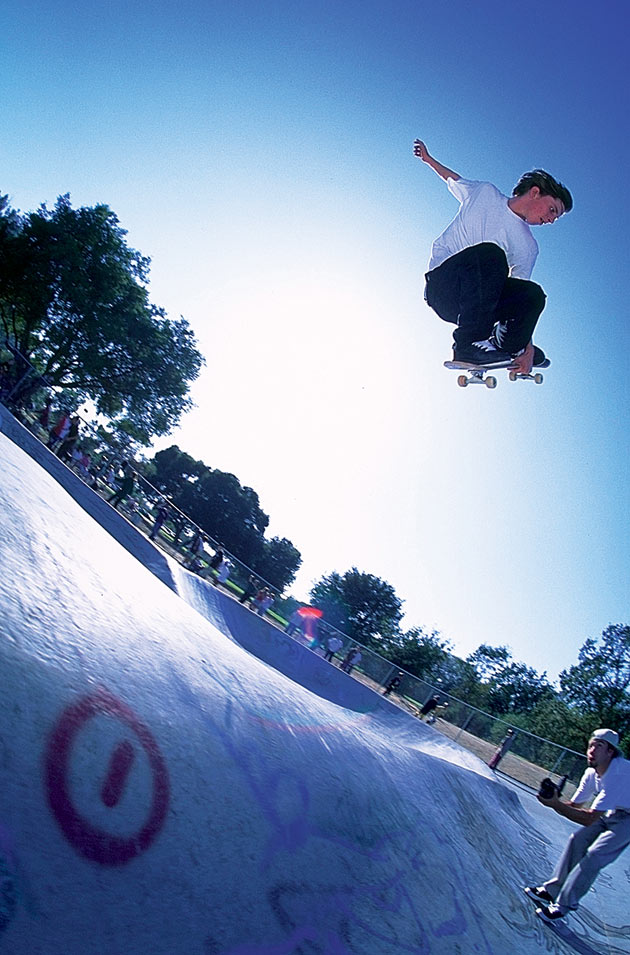
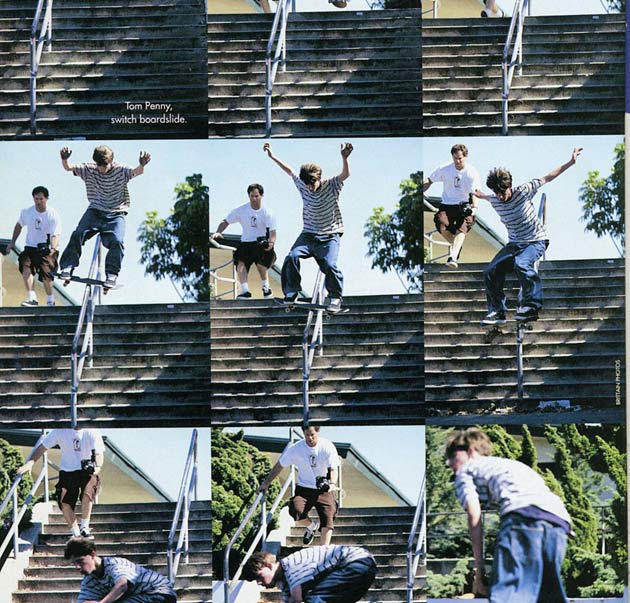
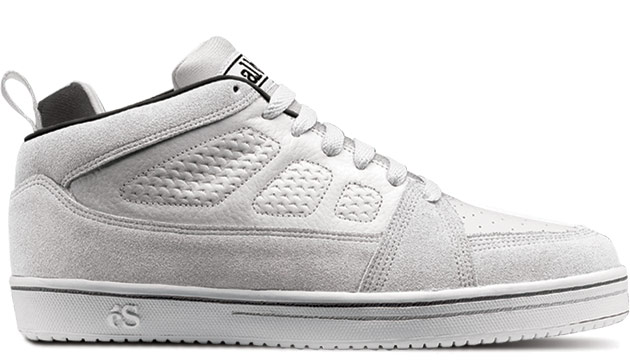
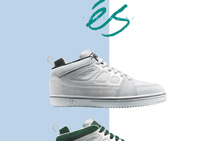
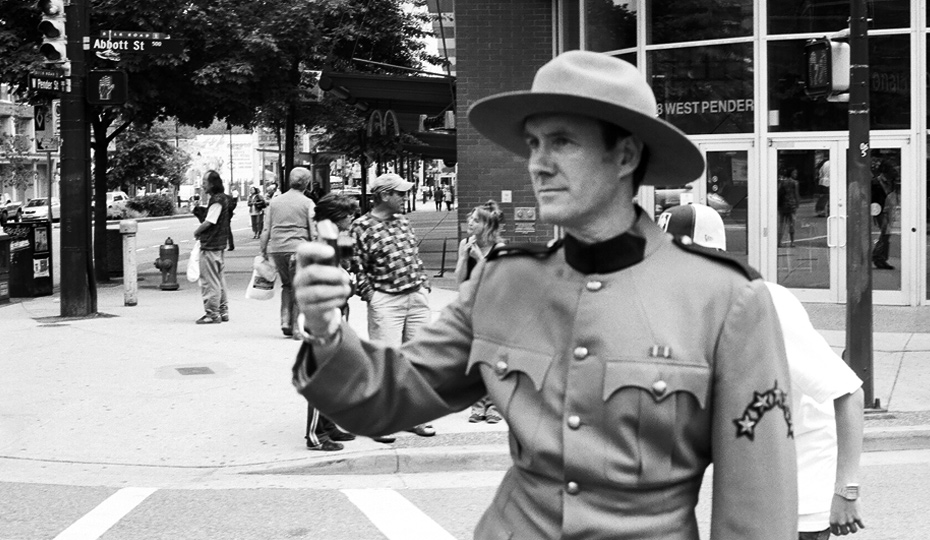
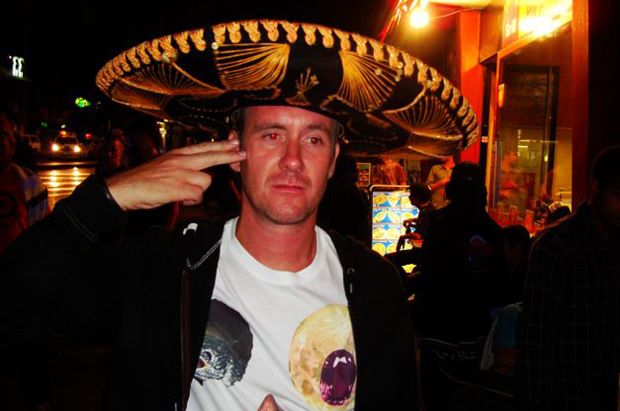
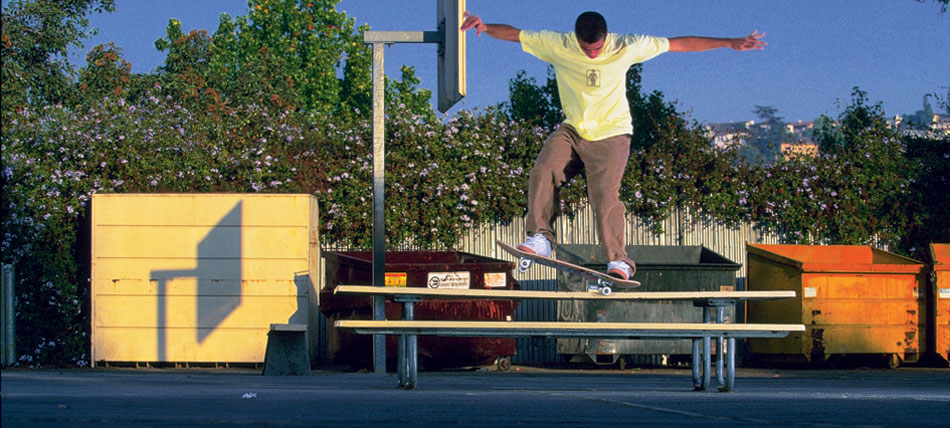
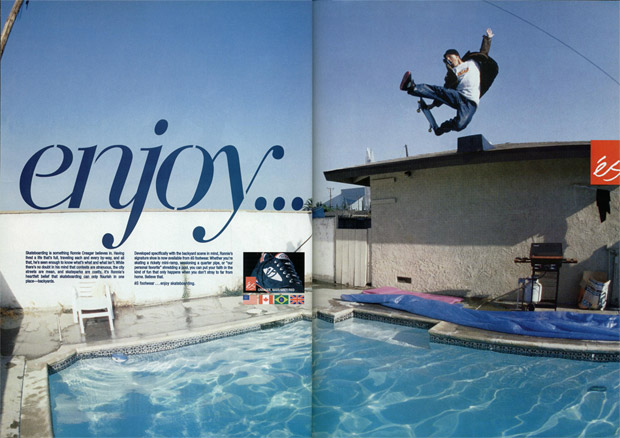
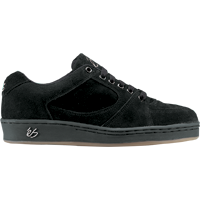
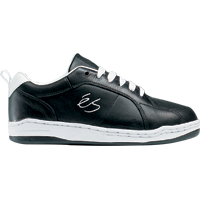
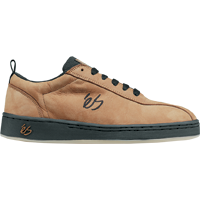
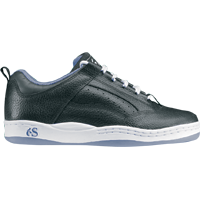
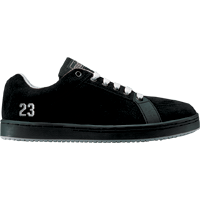
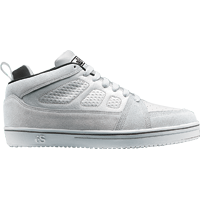
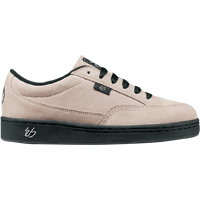
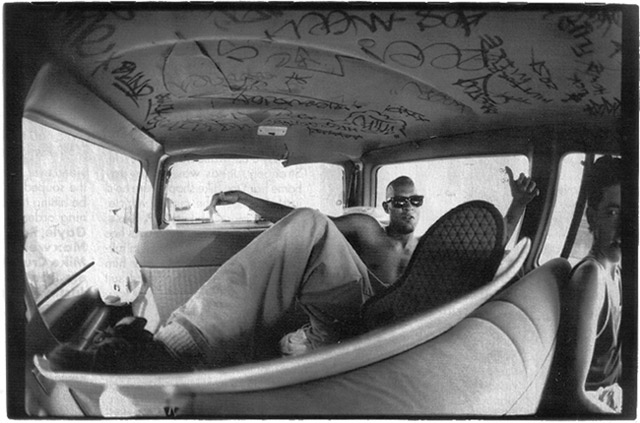
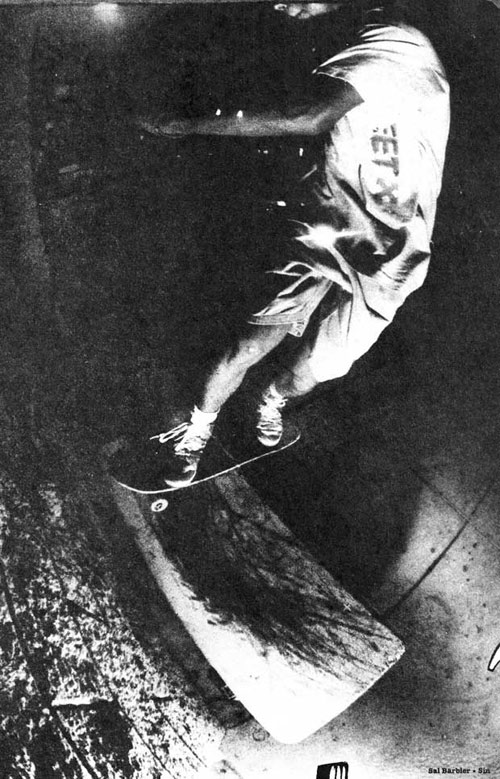 Before you moved to California, were you busting handrails and stuff in Louisiana?
Before you moved to California, were you busting handrails and stuff in Louisiana?
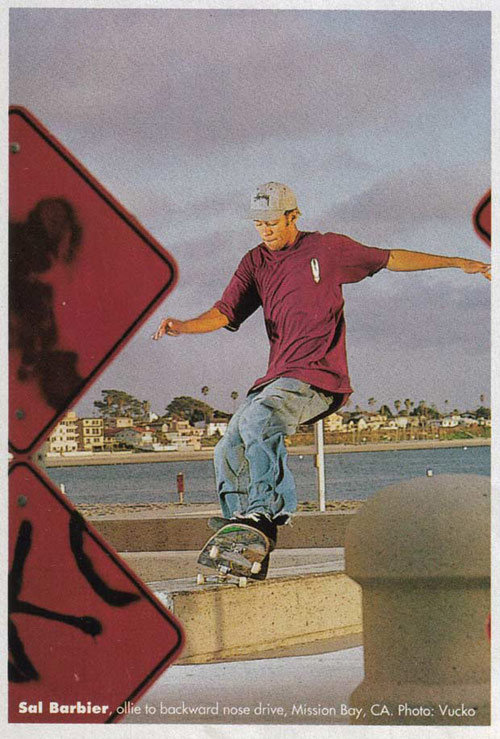 How did you move to California?
How did you move to California?
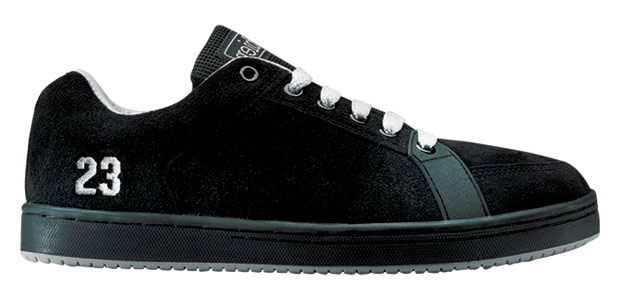 What was the inspiration for the Sal 23?
What was the inspiration for the Sal 23?
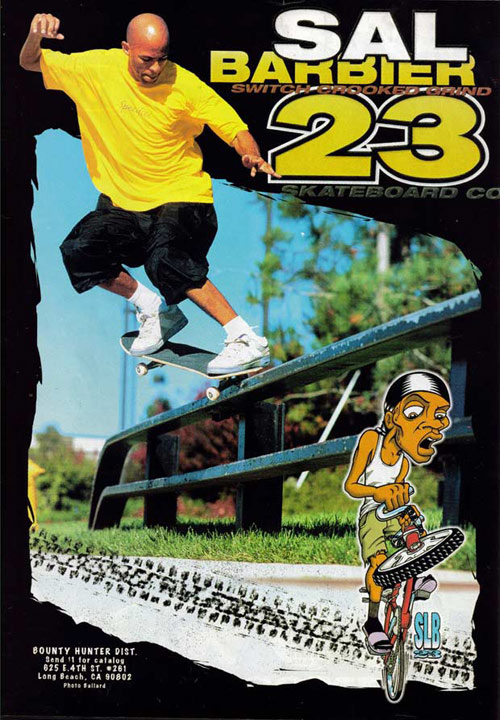 Who all was riding the Sal 23 when it came out?
Who all was riding the Sal 23 when it came out?
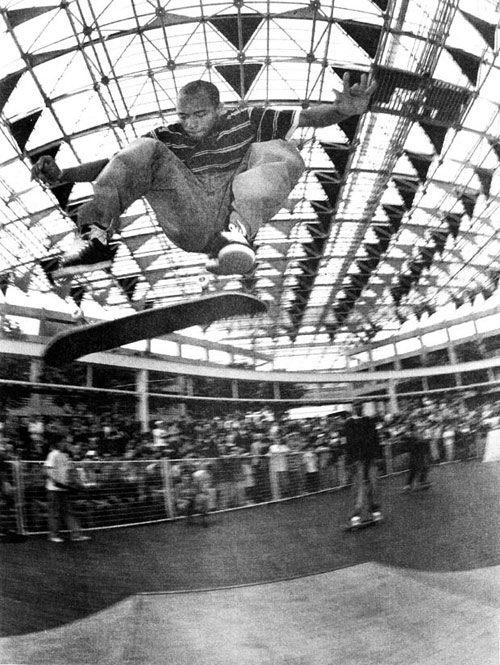 What have you been up to the past few years? Do you have a family?
What have you been up to the past few years? Do you have a family?
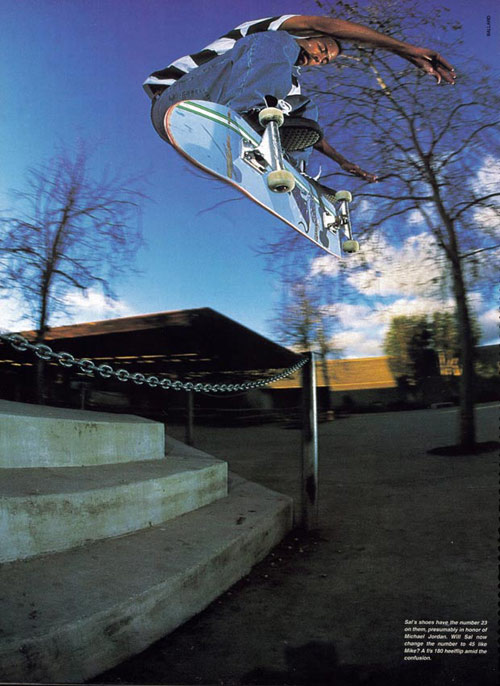 Do you still skate as much as you did back in the '90s?
Do you still skate as much as you did back in the '90s?